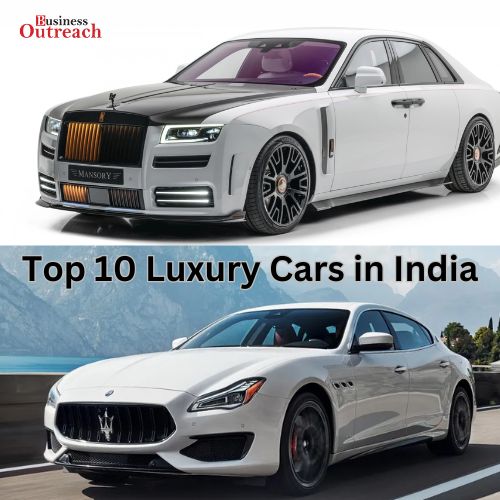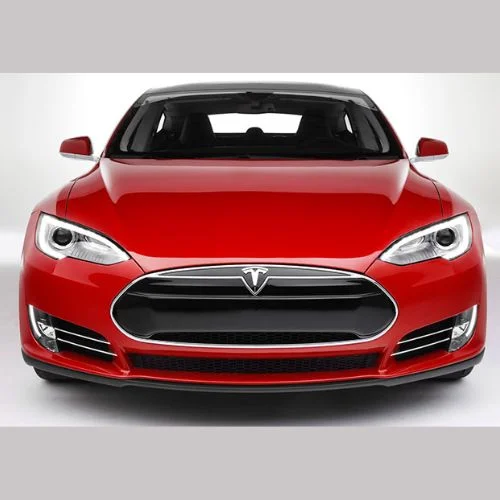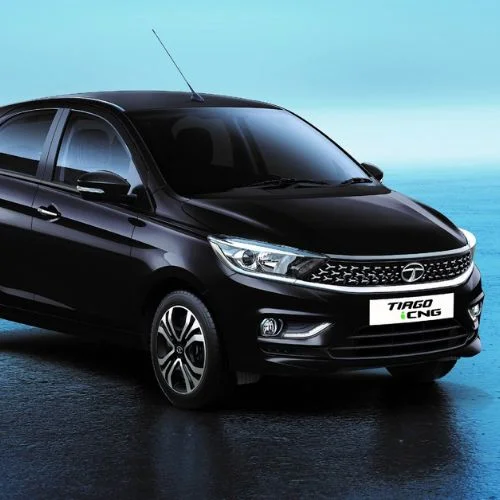According to research, the Indian vehicle industry has the potential to grow into a USD 1 trillion export-driven business by 2035.
According to a report by Arthur D. Little, the sector can grow to the level made possible by production, innovation, and technological leadership.
India’s automotive industry has the potential to evolve into a global hub for design, research, and production, appealing to global markets, according to Arthur D Little Managing Partner (India & South Asia) Barnik Chitran Maitra.
He continued that in order to do this, all industry participants must improve their capacity for competitive and dependable global manufacturing.
“India’s strengths in engineering research and development (ER&D) and automotive software may flourish by providing solutions in line with new trends like zonal architecture and Advanced Driver Assistance Systems (ADAS). With a flourishing, well-funded startup ecosystem, India has the potential to lead automotive innovation, according to Maitra.
This demonstrates the accelerating rate of innovation within the regional automotive ecosystem and the evolving dynamics of disruption, which, if appropriately tapped, can propel India into a position of global automotive leadership.
According to the report, India can take advantage of its status as the world’s software hub and the top offshore location for such activities as the market for automotive R&D and software is predicted to increase threefold to USD 400 billion by 2030.
“All parties, including the government, must engage in a constructive conversation and take coordinated action to realise the full potential of India’s automotive sector.
Together, the sector can spur investments and cooperation, paving the path for India to establish itself as a major global automotive powerhouse by 2035, according to Maitra.
Additionally, In August, India’s exports of services increased by 8.4% year over year to $28.72 billion, while imports decreased by 0.8% to $15.10 billion, according to preliminary statistics released by the Reserve Bank of India (RBI) on Tuesday.
Government data from last month indicated that in August, exports of services totaled $26.39 billion while imports were $13.86 billion.
The final results, which are typically published quarterly as part of the nation’s overall balance-of-payments data, are updated from the provisional numbers provided by the RBI.
Additionally, a FIEO analysis stated that India’s labour-intensive export industries, including garments, marine products, plastics, and gems and jewellery, are displaying a “troubling pattern” as the nation has seen a loss in its worldwide market share over the past five years. A word of caution is advised regarding a noticeable increase in export growth of almost USD 40 billion, according to the apex exporters organisation Federation of Indian Export Organizations (FIEO), as this increase is probably due to a rerouting of crude oil trade routes via India to Europe.















